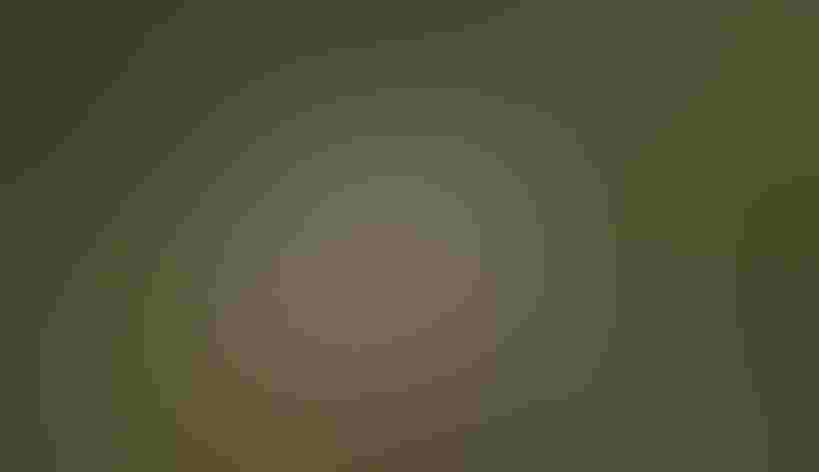Scissor-tailed Flycatcher
At a Glance
On the southern Great Plains, this beautiful bird is common in summer, often resting on roadside fences and wires. Seen perched at a distance it might suggest a slim, long-tailed Mockingbird -- until it flies, showing off the salmon-pink under the wings, its long tail streamers flaring wide as it maneuvers in mid-air to catch an insect. Although it looks unique, the Scissor-tail is closely related to the kingbirds, and like them it will fearlessly attack larger birds that come near its nest.
All bird guide text and rangemaps adapted from Lives of North American Birds by Kenn Kaufman© 1996, used by permission of Houghton Mifflin Harcourt Publishing Company. All rights reserved.
Category
Perching Birds, Tyrant Flycatchers
IUCN Status
Least Concern
Habitat
Fields, Meadows, and Grasslands, Shrublands, Savannas, and Thickets
Region
California, Florida, Plains, Rocky Mountains, Southeast, Southwest, Texas
Behavior
Direct Flight, Hovering
Population
9.100.000
Range & Identification
Migration & Range Maps
On the breeding grounds, often arrives early (by early April) and stays late (to October, even a few through November). Strays wander to either coast, and small numbers winter regularly in southern Florida.
Description
14" (36 cm). Pale overall with dusky wings, streaming black-and-white tail (slightly shorter on female), orange-pink on sides and under wings. Young bird has shorter tail; resembles Western Kingbird but paler.
Size
About the size of a Crow, About the size of a Robin
Color
Black, Gray, Red, White
Wing Shape
Pointed
Tail Shape
Forked, Long
Songs and Calls
A harsh kee-kee-kee-kee. Also chattering notes like those of Eastern Kingbird.
Call Pattern
Flat, Undulating
Call Type
Chirp/Chip, Trill
Habitat
Semi-open country, ranches, farms, roadsides. Favors grassland or farmland with scattered trees or isolated groves. May breed in open grassland with no trees in some areas, where utility poles provide artificial nest sites. Winters in open or semi-open country in the tropics.
Sign up for Audubon's newsletter to learn more about birds like the Scissor-tailed Flycatcher
Behavior
Eggs
3-5, rarely 6. Whitish, blotched with brown and gray. Incubation is by female, about 14-17 days.
Young
Both parents bring food to nestlings. Young leave the nest about 14-16 days after hatching.
Feeding Behavior
Forages mostly by watching from a perch, flying out to catch insects, then returning to perch to eat them. May take insects in mid-air, or may pick them from foliage or from ground while hovering; very agile and maneuverable in flight.
Diet
Insects. Feeds mostly on insects, including many grasshoppers, also beetles, wasps, bees, true bugs, flies, caterpillars, moths, and others. Also eats some spiders. Small numbers of berries and wild fruits are eaten occasionally.
Nesting
Male has spectacular courtship display, sharply rising and descending in flight, its long tail streamers opening and closing, while the bird gives sharp calls. May perform backwards somersaults in the air. Nest site is usually in a tree or tall shrub, placed on a horizontal limb or less often in a vertical fork, usually 7-30' above the ground. Often also places nest where wires attach to utility poles, or on other artificial sites such as towers or bridge supports. Nest (built by female) is a ragged open cup of twigs, weeds, rootlets, and grass, lined with finer materials such as hair and plant down.
Conservation
Conservation Status
Probably increased in some areas as planting of shelterbelt trees provided more nesting sites. Has declined in some areas in recent decades.
Climate Threats Facing the Scissor-tailed Flycatcher
Choose a temperature scenario below to see which threats will affect this species as warming increases. The same climate change-driven threats that put birds at risk will affect other wildlife and people, too.











